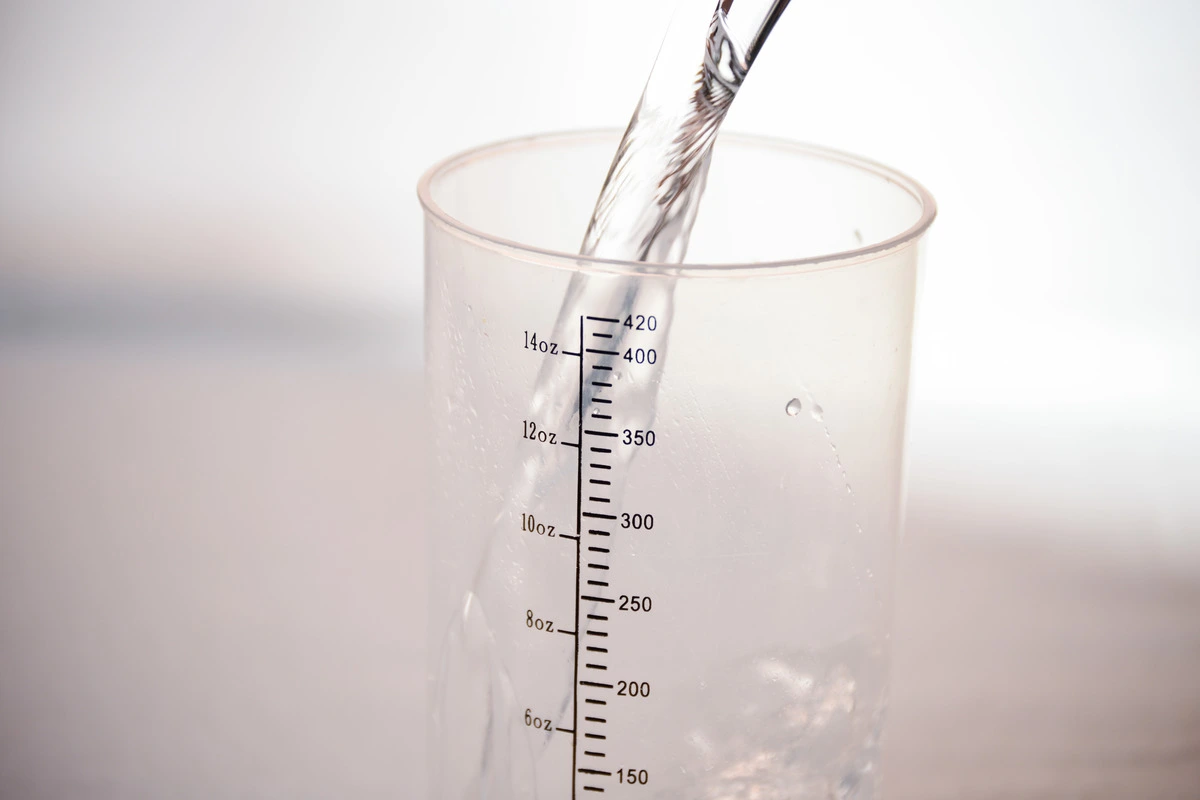JIUNGE NASI WHATSAPP TU FOLLOW. BONYEZA HAPA

Understanding the Conversion Between Ml and Mg: Applications, Benefits, and Practical Uses Milliliters (ml) and milligrams (mg) are fundamental units of measurement used in various fields, serving different purposes in quantifying volume and mass. The conversion between ml and mg holds significant importance in multiple industries, offering diverse applications and benefits. Ml to mg is a common task, especially in fields like medicine, chemistry, and cooking, where precise measurements are essential. While both units measure different quantities (volume and mass respectively), the conversion between them is possible, albeit with the consideration of the substance’s density or concentrationHere’s an exploration of their uses and advantages:
Applications in Different Fields
Medicine and Pharmaceuticals:
- Dosage Calculation: Converting ml to mg is crucial for precise medication dosing, especially for liquids where the dosage is given in ml but calculated based on the concentration in mg/ml.
- Prescription Accuracy: Pharmaceutical formulations often specify concentrations in mg/ml, requiring accurate ml to mg conversions for proper prescription and administration.
Cooking and Culinary Arts:
- Ingredient Measurement: Recipes often require precise measurements where liquids may be specified in ml and dry ingredients in mg, ensuring accuracy in cooking and baking.
Chemistry and Laboratory Procedures:
- Experimental Quantification: In laboratories, ml to mg conversions are essential for accurately measuring substances in experiments, ensuring precise outcomes.
- Solution Preparation: Converting between ml and mg is crucial when preparing solutions with specific concentrations for chemical reactions or analyses.
Benefits and Practical Uses
- Precision in Measurements:
- Converting between ml and mg allows for precise measurements, especially when dealing with substances where both volume and mass are critical factors.
- Accurate Dosage Calculation:
- In healthcare, accurate ml to mg conversions ensure proper medication dosing, reducing the risk of under or overdosing, thereby enhancing patient safety.
- Consistent Cooking and Baking:
- Conversions between ml and mg in recipes help maintain consistency in taste, texture, and overall quality of prepared dishes.
- Scientific Research Advancement:
- Accurate conversions contribute to reliable experimental results in scientific research, fostering advancements and breakthroughs in various scientific fields.
Importance in Daily Life
- Health Awareness:
- Understanding ml to mg conversions aids in comprehending nutritional labels on food packaging, allowing individuals to make informed dietary choices based on accurate information.
- Personal Well-being:
- Whether following a prescribed medication regimen or preparing a meal, knowing ml to mg conversions enables individuals to handle measurements accurately for personal well-being.
Conclusion: Enhancing Precision and Efficiency
The conversion between milliliters (ml) and milligrams (mg) plays a vital role in numerous industries and daily activities. Its application spans across healthcare, culinary arts, scientific research, and everyday life, ensuring precise measurements, accurate dosing, and consistent results. Mastering ml to mg conversions empowers individuals and professionals with the ability to handle measurements effectively, contributing to improved accuracy, safety, and efficiency in various fields and personal endeavors.

